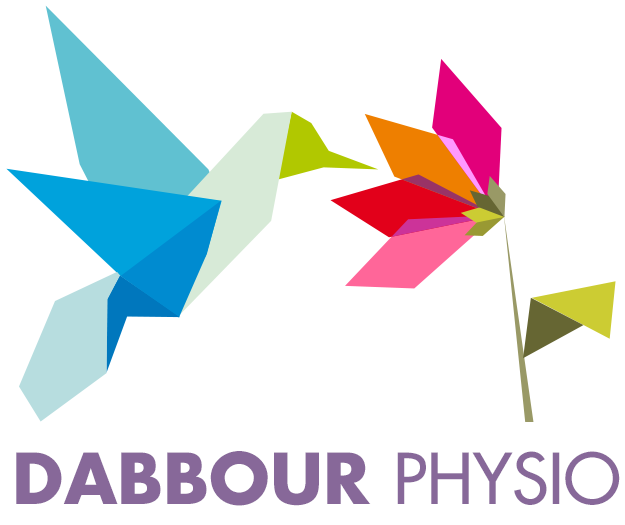Pelvic Pain
Bladder and bowel problems are a present in men, women and children of all ages. It is also a common occurrence, with at least 1 in 10 being affected at some point throughout their life.
Physiotherapy treatment can help effectively treat and manage a wide variety of problems related the bladder and bowel, such as:
- Obstetric anal sphincter injuries (OASIS) are caused by perineal trauma during vaginal delivery. Also referred to as third- and fourth-degree perineal lacerations, these injuries involve the anal sphincter complex and, in more severe cases, anal mucosa. In addition to contributing to short term perineal pain, OASIS is a leading risk factor for subsequent loss of bowel control in women
- Treatments include advice and education on the management and rehabilitation of the pain as well as exercises and training programmes focused on strengthening the muscles helping to improve the stability of your pelvic floor. Physiotherapy treatment can also include the use of equipment such as STIM biofeedback, pelvic/ perineal massage and gentle manipulation of the relevant areas.
- Causes of internal pelvic pain that physiotherapists are trained to diagnose include overactive pelvic floor muscles, vulvodynia, vaginismus, hormonal changes and skin irritation.
- Treatments include advice/education on how to manage and prevent the issue as well as training of the pelvic floor muscles. It can also include manual therapy to help relax the pelvic floor muscles as well as trigger point release, myo-fascial stretches and scar massage.
- Symptoms include any combination of burning, stinging, aching or throbbing sensations as well as soreness and itching. It is often triggered by touch, such as during sex or when using tampons or other similar products. It can be located in both smaller parts of the vulva such as the opening to the vagina or be more generalised in the region, including pain in the inner thighs and surrounding areas.
- Treatments include pelvic floor exercises, muscle relaxing techniques or use of vaginal trainers.
- Endometriosis has a wide variety of symptoms, with the most common being painful and/or heavy periods as well as pain in the lower abdomen, pelvic or lower back. Other symptoms include pain during and after intercourse, bleeding between periods, exhaustion and tiredness or discomfort during bladder and bower movements. Treatments include pelvic floor training and exercise programmes, advice and education around sexual intimacy with endometriosis, diagnosis of other related problems contributing to pain.
- Physiotherapy can also help by treating connective tissue dysfunction, using myofascial trigger points and treating hypertonus within the pelvic floor.
- Symptoms include pain at sexual penetration or simply at any penetration of the vagina (tampons, birth control etc) or the sudden onset of pain after previously pain-free sex. It can also present as a deep and heavy pain during thrusting, general throbbing, burning or aching that remains after intercourse.
- Patients with dyspareunia often present with musculoskeletal issues that can be helped by physiotherapy. Treatments include advice/education on intercourse and sexual activity in addition to training of the pelvic floor muscles. It can also include manual therapy to help relax the pelvic floor muscles as well as trigger point release, myo-fascial stretches and scar massage.
- Symtom inkluderar smärta vid sexuell penetration eller helt enkelt vid någon penetration i slidan (tamponger, preventivmedel etc) eller plötslig smärta efter tidigare smärtfritt sex. Det kan också uppstå en djup och tung smärta, sveda eller värk som finns kvar efter samlag.
- Patienter med dyspareuni kan ha muskuloskeletala problem som kan behandlas med fysioterapi. Behandlingarna inkluderar rådgivning / utbildning om samlag och sexuell aktivitet förutom träning av bäckenbotten. Det kan också innehålla manuell terapi för att slappna av i bäckenbottenmusklerna samt frigöra utlösande punkter, myofasciala stretchövningar och ärrmassage.
- Overactive pelvic floor muscles can be a contributing cause to a number of pelvic pain related disorders. Symptoms can include external and internal pain of various forms, as well as sensitivity of general or specific regions of the pelvis.
- Treatment includes training of the pelvic floor as well as advice and education on how to control the muscles. Manual therapy can also be used as well as other relaxation techniques focuses on the pelvis.
- Symptoms include vaginal bulging, aching or heaviness leading to problems emptying bower or bladder. Various forms of incontinence may also be caused by a prolapse.
- Treatments include a supervised pelvic floor muscle training programme, lifestyle advice and modifications, exercise prescription or the use of a vaginal pessary.
Feel free to reach out if you have any questions,
or would like to book an appointment!
or would like to book an appointment!
Got Questions?
Get Some Answers
Got Questions?
Get Some Answers

